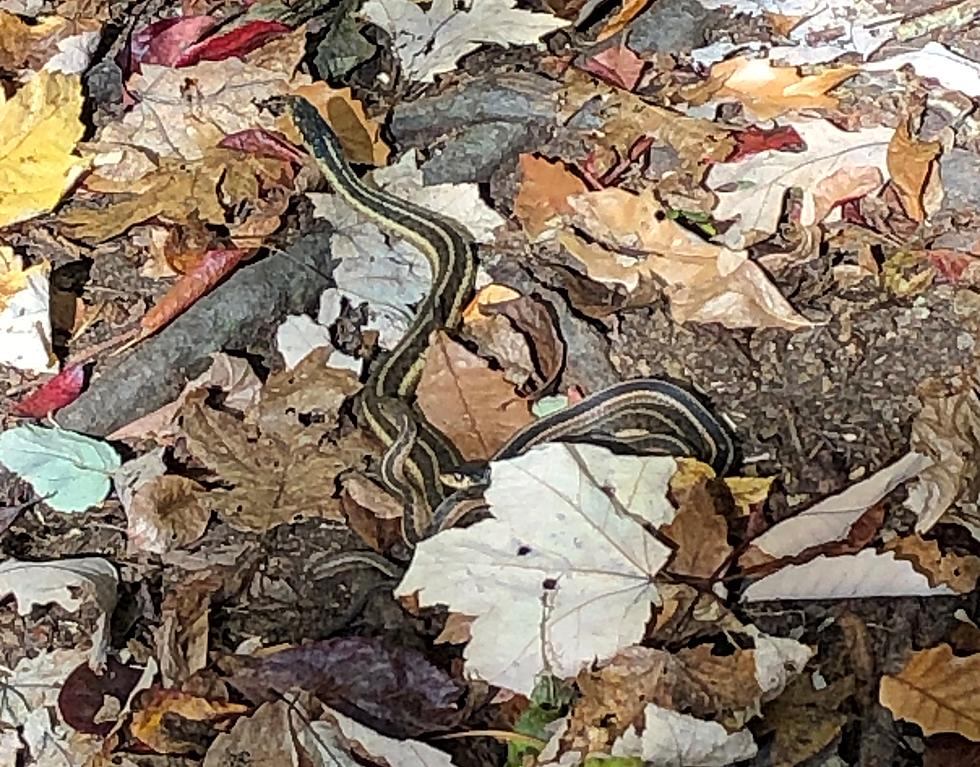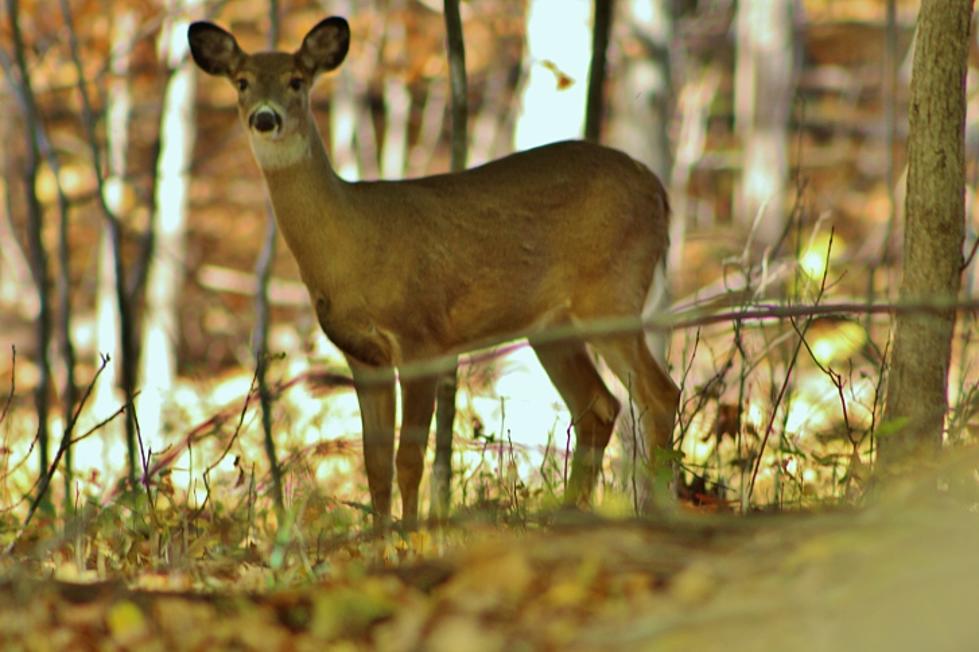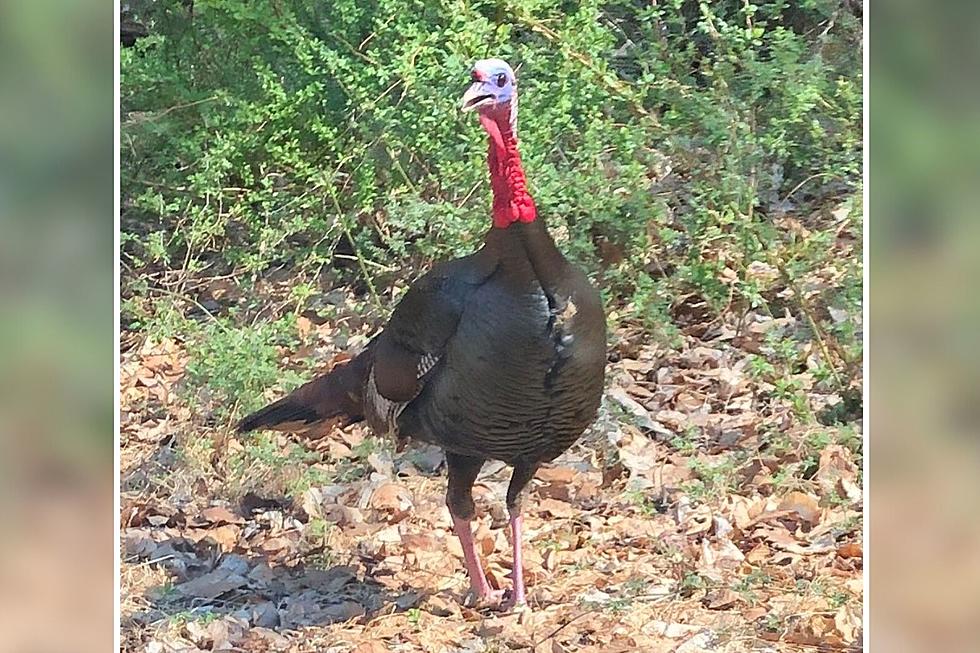
Check out this mama snake and babies along a NJ hiking trail
I absolutely love New Jersey's hiking trails. There's just something about them that makes them so quiet and peaceful despite being in the country's most densely populated state.
I used to hike all the time back when I was in my late teens and early twenties. I'd travel all over the state to find something new to explore.
Fast forward to today and I still hit the trails whenever I can. And an even bigger bonus is that I get to have my twin sons join me. And every once in a while I come across something exceptional.
Last fall, I went for a solo walk on one of the many trails in Lenape Woods, located in Atlantic Highlands, Monmouth County. It was here that I came across this Jersey gem.
This snake wasn't on the main trail I was hiking, but rather alongside one of the secondary trails near Many Mind Creek. She was a medium-sized snake blending in the leaves and brush just minding her own business.
As I went in for a closer look, I realized something was different.
Look carefully at the photo above, center-left. Do you see it?
It's a much smaller snake. I couldn't believe what I was looking at. It was wild.
Now I'm no snake expert, so I could be wrong. But I believe what I came across was an Eastern Garter Snake. And although this type of snake can cause irritation if you get bitten, it generally won't cause much harm.
Something else about a Garter snake that makes it unique is that it gives birth to live young, rather than lay eggs. That could be why this snake had its young with her.
But as I carefully walked around to get a different angle, I noticed something else. There were even more snakes.
Now if it was spring, then I would say this could possibly be males mating with a female since that's their mating season, and males are smaller than females (Garter snakes usually mate after they emerge from hibernation). But since it was fall, that's unlikely to be the case.
Young snakes also typically stay with their mother anywhere from a few hours to several days after birth. Since the mother doesn't nurture them, they eventually have no choice but to fend for themselves.
Look closely at the photo above. You see the mother snake in the upper center. Now look toward the lower center & you'll notice one young snake looking in the same direction as its mother, and another young snake looking right at me.
Here's a close-up of those two younger snakes. But take a glance toward the lower-left of this photo and you'll notice what appears to be even more snakes curled up on one another. Needless to say, this made my day.
So the next time you're out in New Jersey's woods, keep your eyes open for some incredible wildlife. You never know when you'll come across something amazing like this Jersey mom.
If you'd like to learn more about New Jersey snakes, check out this handy guide. It lets you know about the many species of snakes found here in the Garden State.
LOOK: Stunning vintage photos capture the beauty of America's national parks
LOOK: Stunning animal photos from around the world
More From New Jersey 101.5 FM









